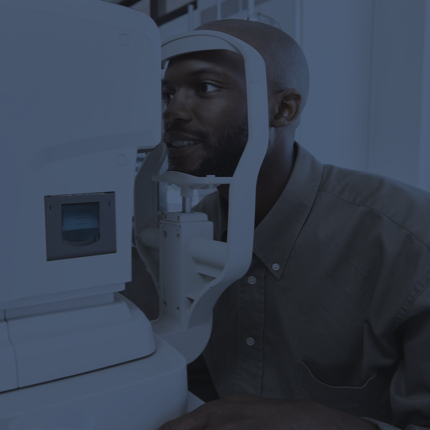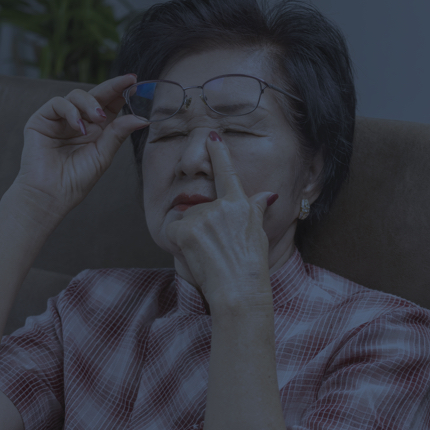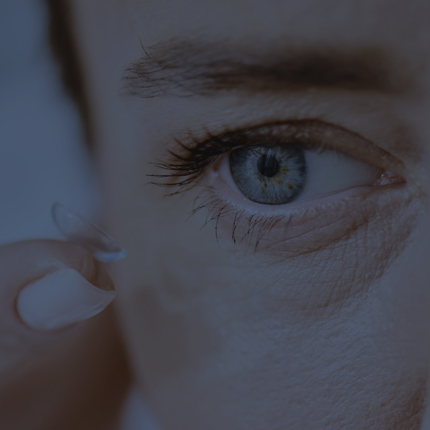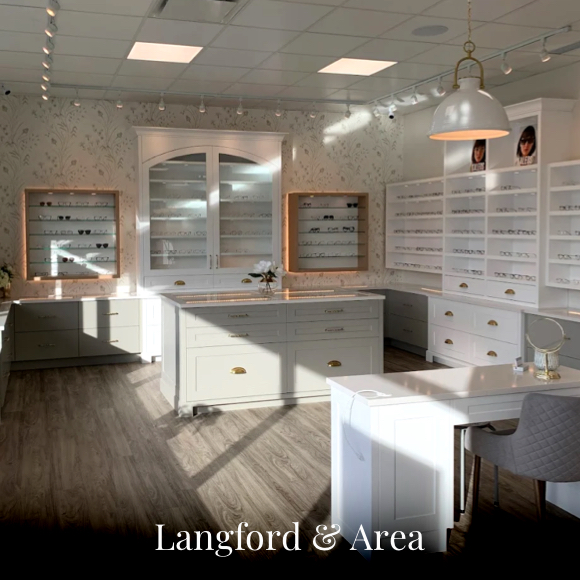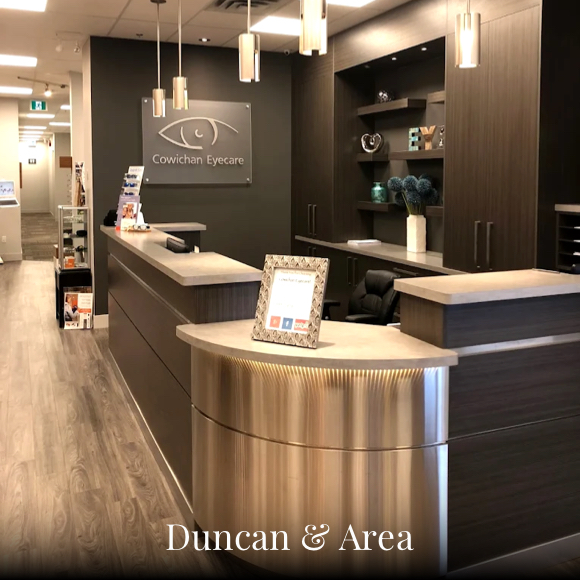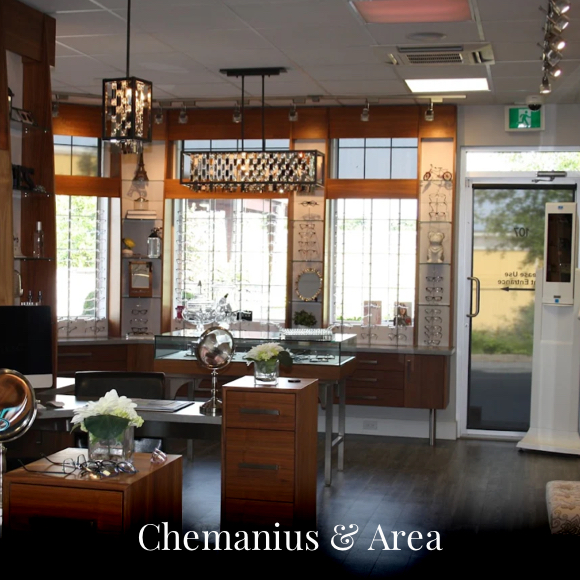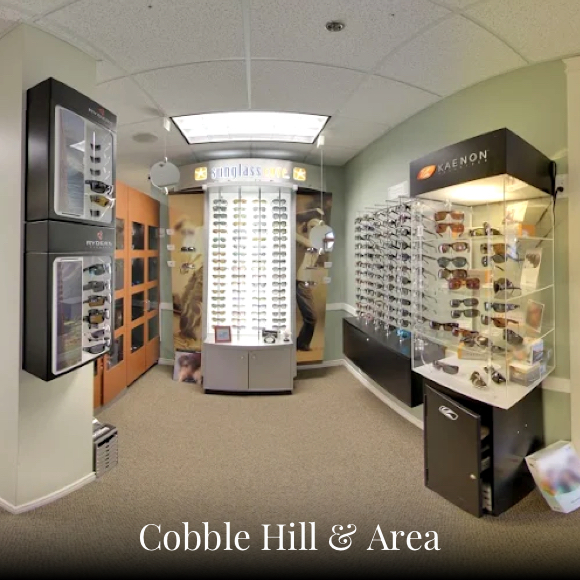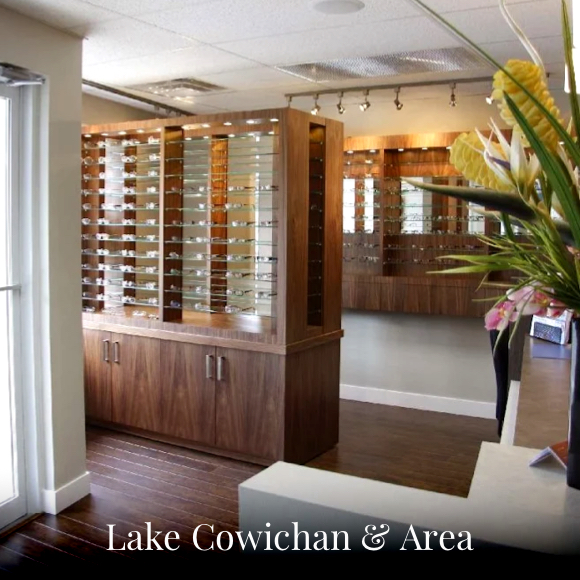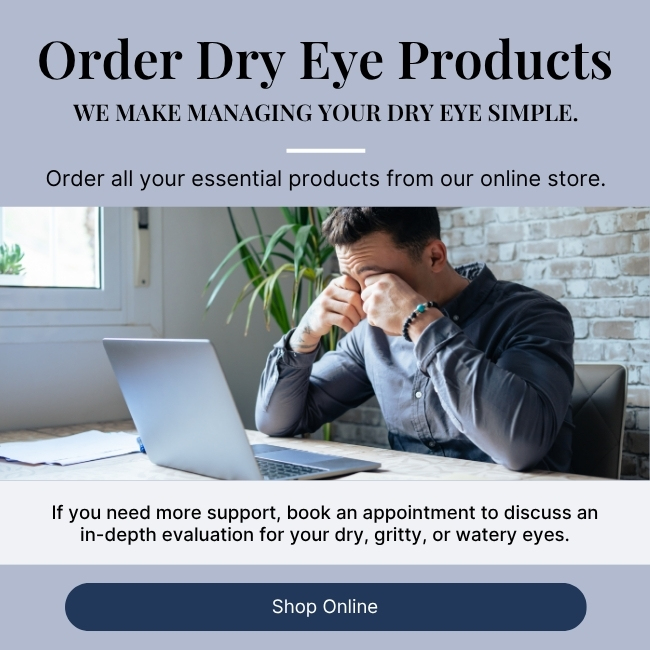Unfortunately, if conditions such as glaucoma or age-related macular degeneration (AMD) result in vision loss, there is no way to recover that vision.
This is the reason that it’s so important to receive eye exams as recommended by your optometrist. Early detection can slow or prevent many problems that cause vision loss. Hope is not lost if your vision is no longer what you need it to be. There are ways in which remaining vision can be enhanced. What Is Low Vision?
Vision loss is typically described as a loss of eyesight, which eyeglasses or contact lenses or surgical intervention cannot improve sufficiently. An individual with low vision may experience difficulty with daily tasks like reading, driving, or recognizing familiar faces.
Low Vision Solutions
As we all have different visual goals, low vision solutions are customized to each individual. Sometimes stronger magnification or brighter lights for certain tasks can be enough. When those aren’t enough to give a person adequate vision, low vision aids (LVA) or low vision assistance products (LVAP) may be helpful. The different LVA or LVAPs available help maximize remaining vision by making things appear larger and brighter or improving contrast.
Optical Solutions
Optical LVAPs include things that magnify distant objects or zoom in on nearby things to improve vision, such as:
- Handheld, mounted telescopes
- Prismatic half-eye reading glasses
- Bifocal lenses
- Magnifiers: handheld, stand-alone, illuminated, and non-illuminated
- Digital magnification on computers or TVs
Non-Optical Solutions
A non-optical LVAP may enhance a person’s vision enough to enable them to be more independent. These may include:
- Reading stands and lamps
- Guides: reading, writing, and signature
- Bold-lined notebooks for more contrast
- Bold-tip black pens for increased contrast
- Application-specific LVAPs: On-screen narration, talking glucometer, talking scale, talking compass, colour identifier, or walking stick

Causes of Low Vision
There isn’t any single reason that causes or even guarantees someone will experience low vision. Genetics, eye injuries and eye disease can all lead to low vision.Some common conditions that increase an individual’s risk of developing low vision include:
- Diabetes: Diabetic retinopathy is a disease that affects the blood vessels in the eye. Left untreated, it can result in low vision. Treatments cannot restore vision, but vision loss can sometimes be slowed if detected in time.
- AMD: Macular degeneration can result in central vision loss. If detected early, there may be things your eye doctor can do to slow and help prevent further vision loss. The level of vision loss in your central vision would typically determine which LVA will be the most beneficial.
- Glaucoma: There are several forms of glaucoma and most share the common symptoms of peripheral or “side vision” loss. Medications or other treatments may help relieve pressure on the optic nerve and slow visual changes.
- Cataracts: Cataracts are common in older adults, and can result in blurry vision and difficulty with night vision. Cataract extraction is a surgical procedure where an ophthalmologist removes the clouded natural lens and replaces it with an artificial lens. Before the vision loss requires surgery, LVAs could prolong the need for surgical intervention.
Preventing Low Vision
Regular eye exams every 1–2 years, or more frequently if recommended by your eye care professional, can help reduce the risk of developing low vision.
Discuss Your Vision Needs With Us
If you are dealing with low vision, there may be options to make life easier. The first place to start is to have a low vision assessment where a detailed evaluation of your visual ability and desired goals are determined. If you’re interested in discussing these options more, call our office. The helpful and compassionate team at Cowichan Eyecare can answer your questions and book you an appointment with one of our optometrists.


